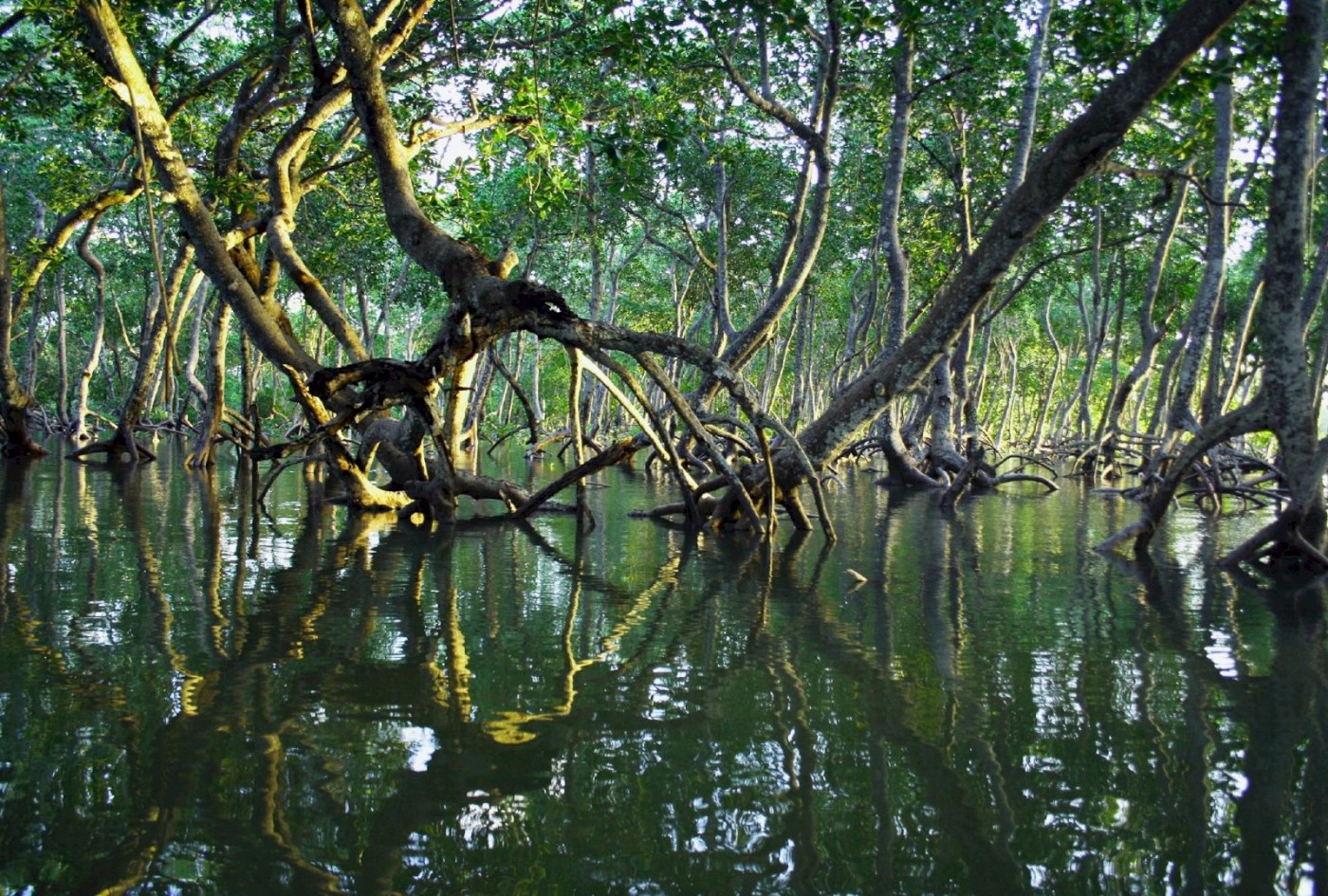
Researchers at Ahmedabad University's Global Centre for Environment and Energy and the University of St Andrews, Scotland, are collaborating on an initiative on blue carbon ecosystems under a PhD Researcher Exchange Scheme funded by the UK's Global Challenges Research Fund. Shrutika Parihar, a PhD candidate at Ahmedabad University, along with Alex Houston of the University of St Andrews, Scotland, UK, are studying how blue carbon ecosystems (BCEs) can support climate change mitigation and adaptation. The research exchange programme includes field visits (soil sample collections), laboratory analyses, stakeholder consultations, plenary discussions, and workshops. "Through the research, we wanted to understand the existing status of BCEs and the restoration initiatives undertaken through two country case studies. We examined the salt marsh habitats of Skinflats in Scotland, and the mangroves in Kachchh, India," says Shrutika.
Mentored by Minal Pathak, Associate Professor at Ahmedabad University's Global Centre for Environment and Energy, Shrutika is conducting her research on carbon sequestration in mangroves in the Kachchh district of Gujarat. She recently presented her work in an e-poster on Unlocking the potential of blue carbon: Land Use trends of Kachchh coast, Gujarat, India, at the Marine Alliance For Science and Technology for Scotland's Annual Science Meeting 2022 in Glasgow. She has also undertaken lab-based soil testing at the University of St. Andrews for two sites from the Kachchh region and estimated organic carbon content using three different methods.
The reciprocal exchange programme funded by the Natural Environment Research Council to create a sustainable, long-term partnership between the two Universities allowed researchers to use satellite imagery to model coastal wetland trends in the Gujarat region of India. "We would like our initiative, along with predictive modelling, to be used to formulate future climate scenarios," says Shrutika. She shares her insights from these initiatives: "Coastal ecosystems, including tidal marshes, mangrove forests, and seagrasses, which we refer to as blue carbon ecosystems or BCEs, are nature-based solutions that offer significant potential for climate change mitigation and adaptation. These ecosystems can help mitigate emissions of greenhouse gases (GHG) due to their high carbon storage and sequestration potential." Conservation and restoration of BCEs can help support regional and national net zero emission targets while providing valuable ecosystem services, supporting livelihoods, and enhancing coastal climate resilience.
Professor Minal Pathak led stakeholder consultations in Kachchh with government officials, NGOs, researchers, and industrial representatives at GUIDE institute, Bhuj, Gujarat, India. She highlighted the critical issues concerning the restoration, reclamation, carbon fluxes, sea level rise, climate change, habitat change, compensatory mechanisms for ecosystem payments, carbon credits, and additionality of blue carbon sinks for achieving optimal targets at the regional and national levels.
The potential of carbon sequestration in Kachchh's BCEs (including coastal wetlands and open and dense mangroves) is significant. Professor Pathak highlights the challenges these ecosystems face. "In recent years, there has been a decrease in dense mangroves due to deforestation and degradation and a decrease in coastal wetland areas due to the expansion of anthropogenic activities such as ports, industry, and infrastructure. There is a need to conserve and restore these ecosystems as important sites of carbon storage due to their important role in supporting ecosystem services, including biodiversity and coastal climate change resilience. Our research study at the Global Centre for Environment and Energy will help identify locations and propose strategies for mangrove restoration in Kachchh that can build on existing initiatives to achieve the full potential of these ecosystems. The findings could potentially contribute to the Gujarat State Action Plan on Climate Change and identify investment opportunities in this area."